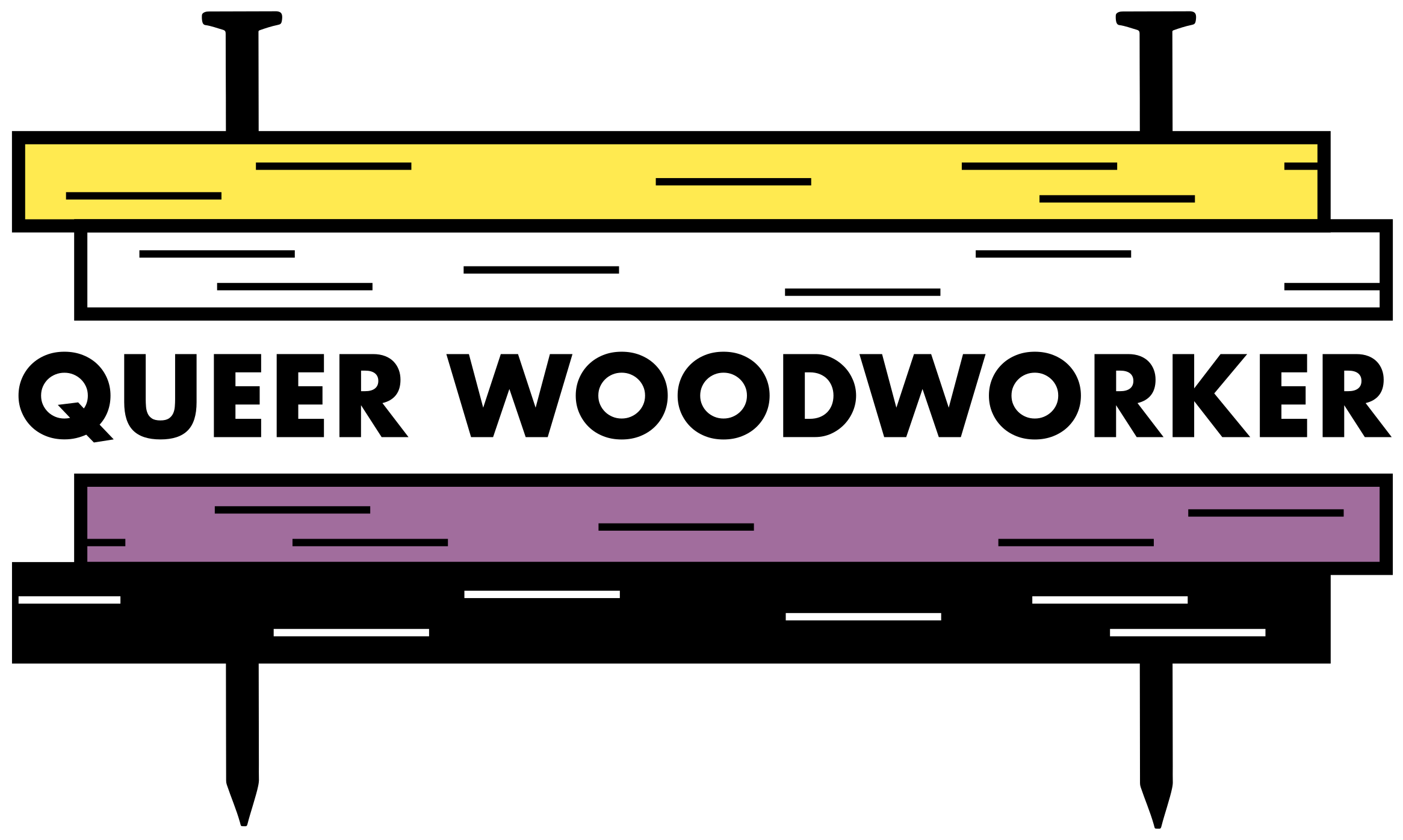Intersectionality is a huge thing in autism. Co-diagnosis with ADHD, depression, learning disabilities etc is higher in autistic people. Being autistic and Black is a different experience than being autistic and white. Being an autistic woman is a different experience than being an autistic man. There are a lot of intersectional areas to explore, but today I’m going to focus on the intersection between autism and LGBTQ+ identities.
Researchers at the University of Cambridge in the UK conducted one of the largest studies of this intersection, specifically as it relates to gender identity, that included over 640,000 people. About 21% of the respondents were autistic, allowing for a good contrast to their allistic peers. Their results are clear and conclusive. Cisgender people (who experience a gender that matches what they were assigned at birth) have an autism rate around 5%, while gender-diverse people are autistic around 24%. Also, 32% of autistic transgender people report being denied access to gender-affirming care due to their autism diagnosis. Having one minority identity weaponized to discriminate against another minority identity in the same individual is a reflection of intersectionality: an experience of intersecting identities that is more than the sum of its parts.
Another study reports that about 56% of autistic people identify as LGBT+. In terms of sexual orientation specifically, only 35% of autistics reporting being straight/heterosexual. There is a persistent myth that autistics are non-sexual people, and are often excluded from things like education on reproductive health, especially in same-sex contexts. That myth is exposed by centering autistic voices: only 12% of autistics identify as asexual. Education is critical for this intersection because 13-16% of autistics are sexually abused.
The high rate of LGBTQ+ identification among autistics might partially be explained by autistics being less likely to understand or value the rigid social norms around gender roles and orientation, but data suggests that there are genetic components to autism as well as for gender identity and orientation. The experience of LGBTQ+ autistics is more than just these two experiences added together. Autigender is a term coined by autistic people and is used to describe the unique way that autistics experience their gender identities, specifically because these two identities combined are more than the sum of their parts.
I can’t choose to be straight or cisgender any more than I could choose to be allistic. We need to dismantle the systems that discriminate against all of us, and create systems that honor our diversity.
